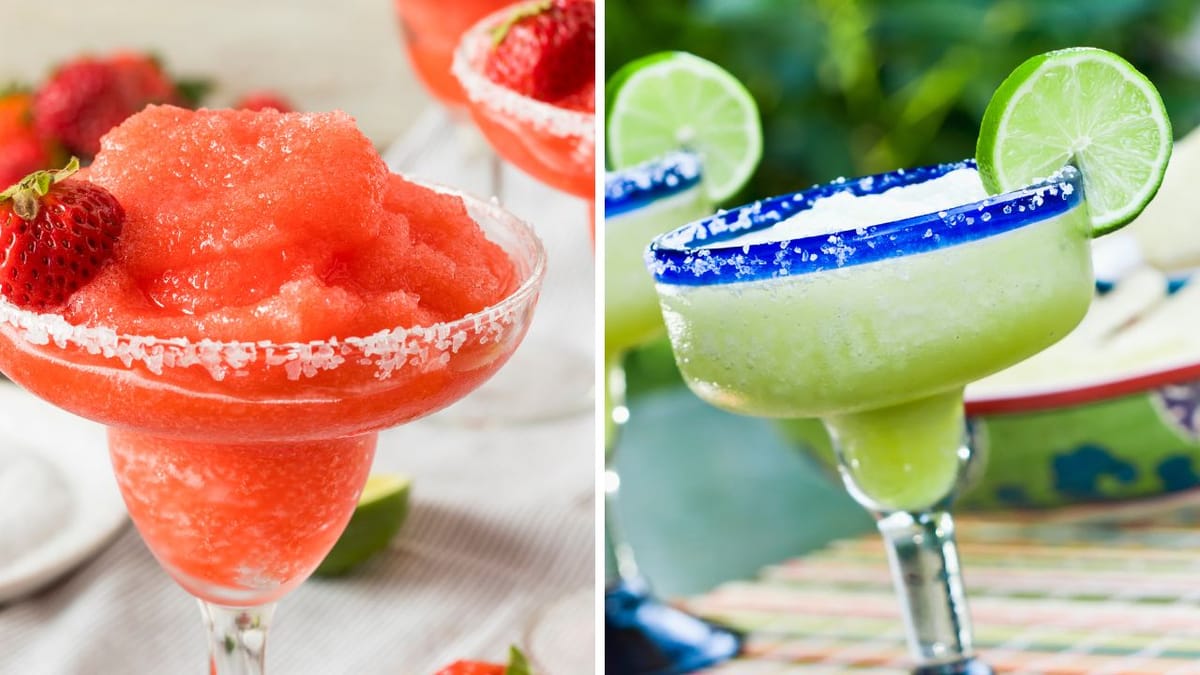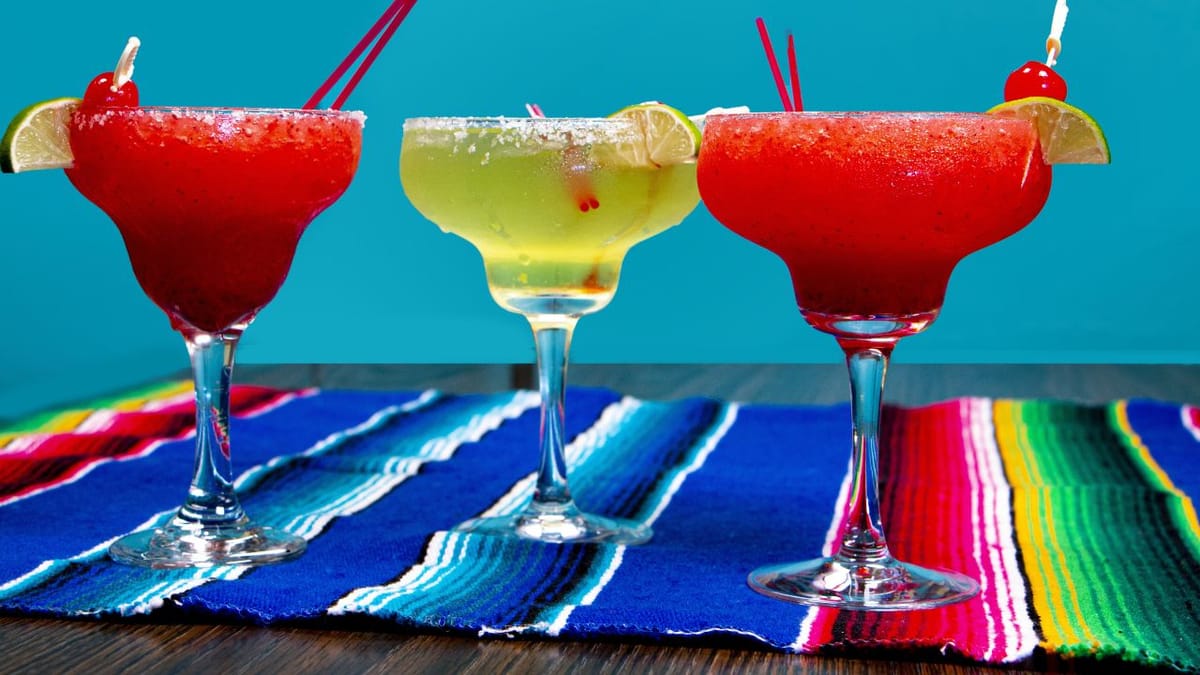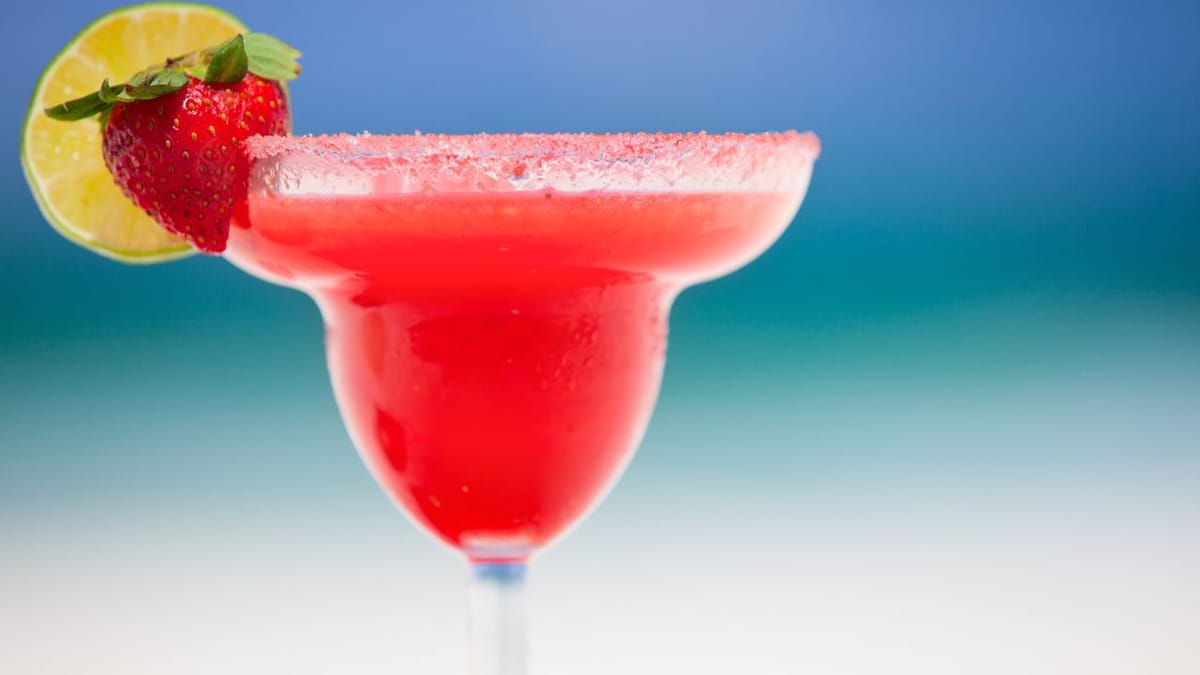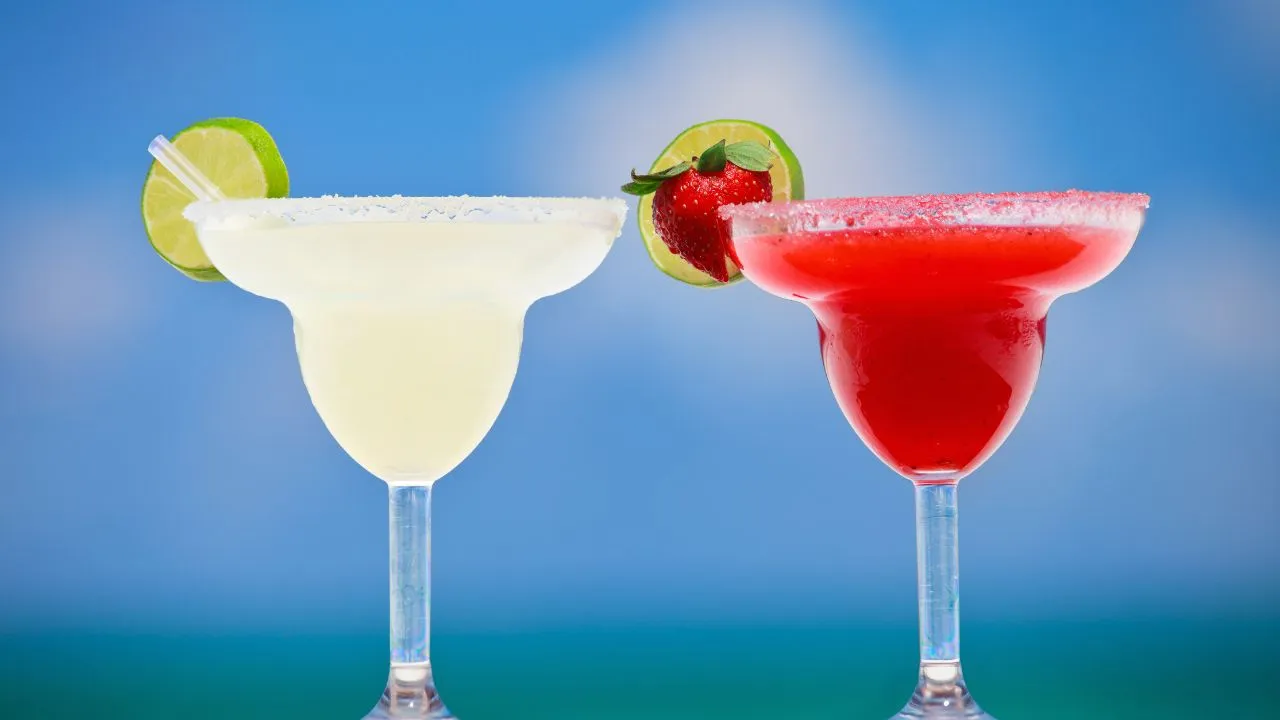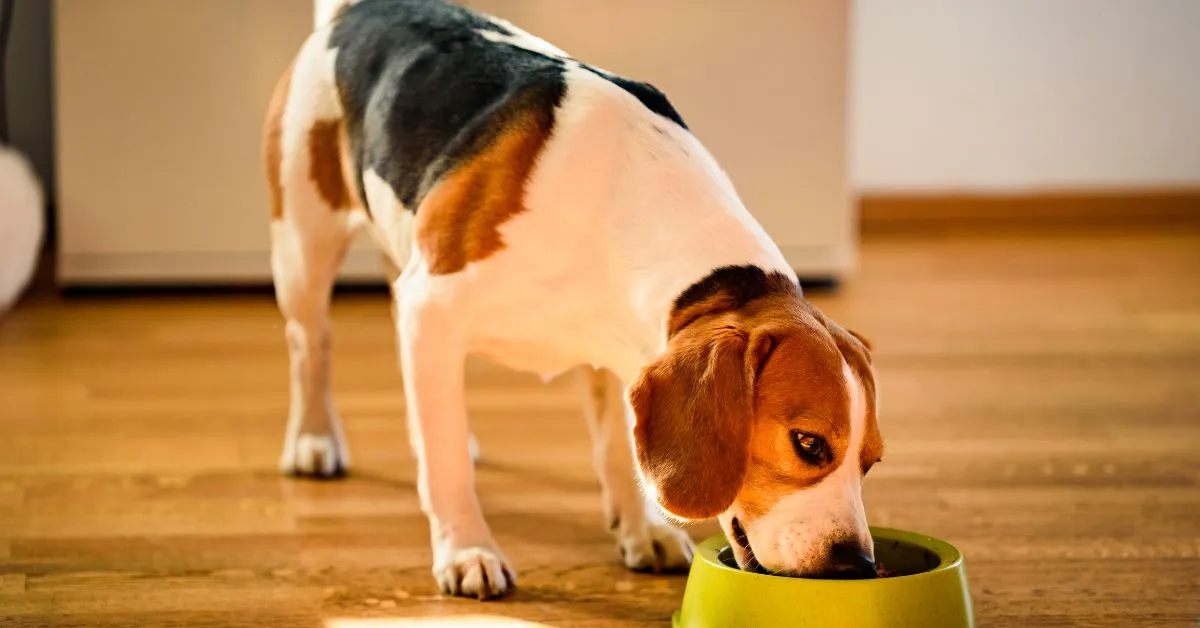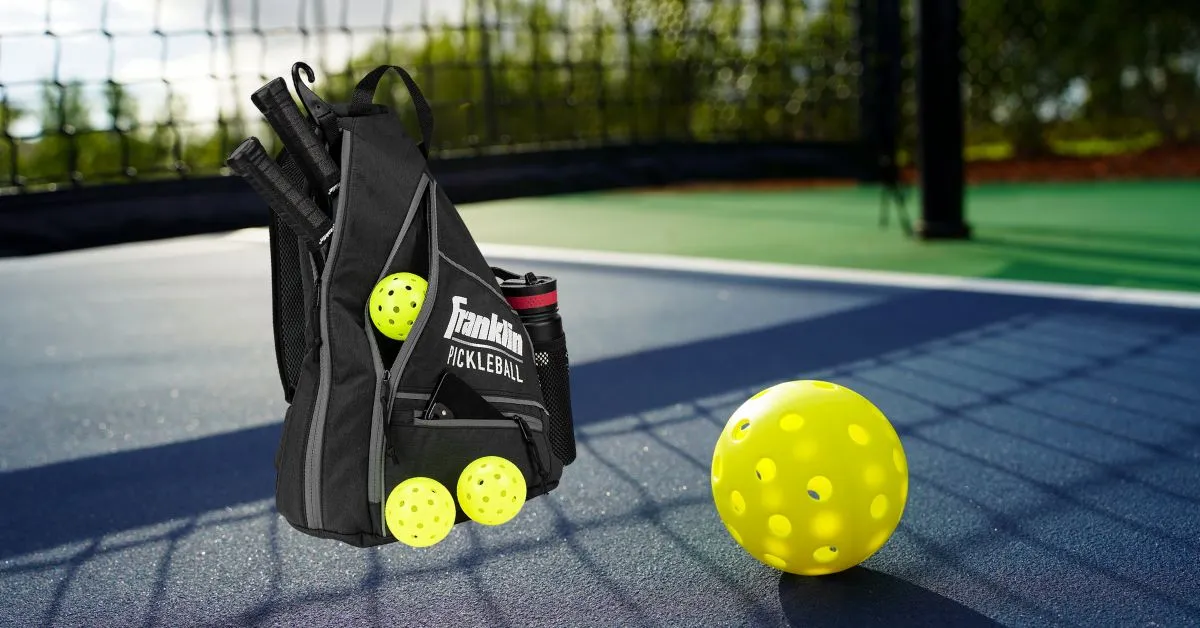Table of Contents
Key Takeaways:
- Understand the capacity and output of various margarita machine models.
- Learn how to calculate the number of margaritas based on machine size and recipe.
- Discover factors that influence the production of margaritas in a machine.
Margarita machines are a popular choice for both commercial and home use, providing a convenient way to make large quantities of this beloved cocktail. Whether you're hosting a party, running a bar, or simply enjoying a personal treat, knowing the capacity of your margarita machine is essential for planning purposes. This article will delve into the specifics of margarita machine outputs, factors affecting production, and how to maximize your machine's potential.
With detailed and rigorous research, we provide our readers with the finest recommendations. Our recommendations are our opinions. Our cause is backed by reader support- for every click made through one of our affiliates links, a commission may be earned at no extra expense to you! As an Amazon Associate, Reviewsopedia may earn a commission from qualifying purchases. Thank you and enjoy!
Understanding Margarita Machine Capacity
The capacity of a margarita machine is typically measured in gallons or liters, indicating the volume of the mixing chamber where the margarita mix and ice are blended. Commercial-grade machines often have larger capacities, ranging from 2 to 6 gallons, while home models might hold between 0.5 to 1.5 gallons. The capacity directly influences the number of margaritas that can be made in a single batch.
To determine how many margaritas a machine can produce, you must consider the standard serving size of a margarita, which is usually around 8 ounces (237 milliliters). By dividing the total volume of the machine's chamber by the serving size, you can estimate the number of drinks per batch. For example, a 2-gallon machine can theoretically yield about 32 eight-ounce margaritas.
Margarita Recipe Ratios and Their Impact
The recipe used can also affect the number of margaritas produced. A traditional margarita recipe includes tequila, triple sec, lime juice, and ice, with variations in the ratios of these ingredients. Some recipes may call for more ice to create a slushier consistency, which can increase the volume and, consequently, the number of servings.
When calculating the number of margaritas, consider the volume of liquid ingredients and the displacement caused by the ice. A machine with a 2-gallon capacity might not yield 32 margaritas if the recipe requires a significant amount of ice, as the ice takes up space and reduces the amount of liquid mix that can be added.
The Role of Machine Efficiency
Margarita machine efficiency refers to how well the machine blends and chills the ingredients to produce the perfect margarita consistency. High-efficiency machines can handle more ice and thicker mixes without overworking the motor or taking too long to blend. This efficiency can lead to a higher output as the machine can quickly replenish the supply of margaritas.
Efficiency is also tied to the machine's cooling system. Machines with powerful refrigeration units can keep the mixture at an optimal temperature, preventing it from melting too quickly and ensuring that each serving is consistently chilled.
Margarita Machine Brands and Output Differences
Different brands and models of margarita machines offer varying features and capacities. For instance, brands like Margaritaville and Frosty Factory have a range of models designed for different settings and demands. It's important to research and compare the specifications of each machine, including their output rates, to find one that suits your needs.
Some machines are designed for high-volume commercial use and can produce a larger number of margaritas quickly, while others are intended for home use and have a more modest output. Brand reputation and customer reviews can provide insight into the real-world performance of these machines.
Calculating Margaritas for Events
When planning an event, it's crucial to estimate the number of margaritas needed accurately. This involves considering the number of guests, the duration of the event, and the drinking preferences of the attendees. A general rule of thumb is to plan for 2 to 3 drinks per person for a two-hour event.
Using this estimate, you can calculate the total number of margaritas required and determine how many batches you'll need to produce with your machine. Remember to account for the time it takes to make each batch and whether you'll need to refill the machine during the event.
Maintenance and Upkeep for Optimal Output
Regular maintenance and cleaning of your margarita machine are essential for ensuring consistent output. Lime scale buildup, clogged nozzles, and dull blades can all reduce the efficiency of the machine and the quality of the margaritas. Follow the manufacturer's guidelines for cleaning and maintenance to keep your machine in top condition.
Additionally, replacing worn parts and performing routine checks can prevent unexpected breakdowns that could impact your ability to produce margaritas, especially during high-demand situations like parties or busy bar hours.
Customizing Margarita Flavors and Sizes
The versatility of margarita machines allows for the creation of various flavors and sizes of margaritas. By adjusting the recipe and settings on the machine, you can offer guests a range of options, from classic lime margaritas to exotic fruit-flavored variations.
Keep in mind that different flavors may have different densities and freezing points, which can affect the number of servings. Additionally, offering different sizes of margaritas, such as standard, large, or jumbo, will impact the total output of the machine.
Environmental Factors Affecting Margarita Production
Environmental factors such as ambient temperature and humidity can influence the performance of a margarita machine. In hotter conditions, the machine may need to work harder to keep the mixture chilled, potentially reducing the number of margaritas produced.
To mitigate these effects, position the machine in a cool, shaded area and ensure it has proper ventilation. This will help maintain the machine's efficiency and the quality of the margaritas, even in challenging environments.
Innovations in Margarita Machine Technology
Advancements in margarita machine technology have led to improved output and efficiency. Features like digital controls, programmable settings, and auto-refill systems allow for precise management of margarita production, catering to both commercial and home users' needs.
These innovations can also contribute to energy savings and reduced waste, making the machines more environmentally friendly and cost-effective in the long run.
Summary
Margarita machines are a convenient solution for producing margaritas in bulk, but their output varies based on capacity, recipe, efficiency, and environmental factors. By understanding these variables and maintaining your machine properly, you can maximize the number of margaritas produced for any occasion. Whether for commercial use or personal enjoyment, a margarita machine can be a valuable addition to your beverage-making arsenal.
FAQ Section
How do I calculate the number of margaritas my machine can make?
To calculate the number of margaritas, divide the total volume capacity of your margarita machine by the standard serving size (usually 8 ounces). Adjust for the recipe's ice and liquid ratios for a more accurate estimate.
Can environmental factors affect my margarita machine's output?
Yes, high temperatures and humidity can make the machine work harder to chill the mixture, potentially reducing the number of margaritas produced. Positioning the machine in a cool, shaded area with good ventilation can help maintain its efficiency.
How often should I clean and maintain my margarita machine?
Regular cleaning and maintenance are crucial for optimal performance. Follow the manufacturer's guidelines, which typically recommend cleaning after each use and more thorough maintenance at scheduled intervals.
Other Related Articles
